Summary:
Researchers at UCLA's Department of Radiology have developed an ergonomic, handheld attachment for ultrasound transducer called SonoSidekick, which aims to reduce work-related musculoskeletal disorders (WRMSD) among sonographers and echocardiographers, decrease inter-operator variability, and improve the reproducibility of ultrasound studies.
Background:
Ultrasound (US) is a crucial cross-sectional imaging technique utilized across various medical specialties, such as obstetrics, gynecology, cardiology, and radiology. Despite technical advancements in robotics and artificial intelligence, the sonographer remains essential in performing routine clinical ultrasounds. The sonographer's cognition, skill, and experience significantly influence the diagnostic power of an ultrasound study. Ultrasound imaging, however, necessitates considerable physical force to grip and manipulate the transducer probe, leading to work-related musculoskeletal disorders affecting nearly 90 per cent of experienced sonographers. Despite the inconvenience, the sonographers continue to scan in pain. While there are many factors responsible for WRMSD, the ones relevant to sonography include (a) the ergonomically unfriendly design of the transducer probe, and (b) the repetitive nature of forceful hand-transducer motion by the sonographer – with the wrist often bent. There is an unmet need to address these issues relating to work-related injuries in everyday clinical ultrasound practice in an ergonomic and reproducible manner.
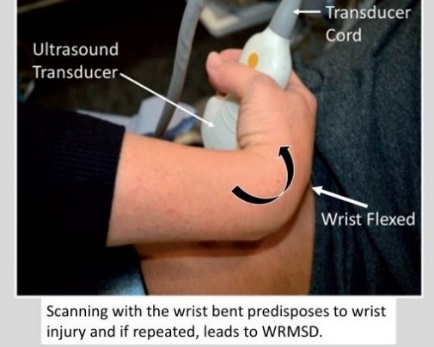
Innovation: Dr. Ragavendra and his colleagues have designed an ergonomic hand grip assembly, the SonoSidekick, which can be securely attached to (and easily detached from) any commercially available 2D/3D ultrasound transducer probes. The goal is to reduce the risk of WRMSD among sonographers. The device conforms to the Hand Tool manufacturers' dictum - "bend the tool, not the wrist" – enabling the sonographer’s wrist to remain in a neutral position during scanning. SonoSidekick allows for a static and secure handheld grip while scanning patients standing, sitting, or in the wheelchair. Particularly, the use of the 3D ultrasound probe, attached to Sonosidekick, allows semi-automated image acquisition enabling more uniform and reproducible ultrasound images - a valuable tool for experienced and novice practitioners.
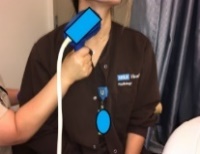
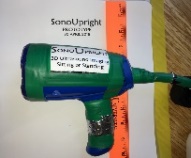
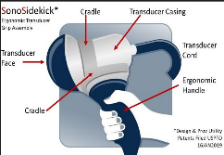
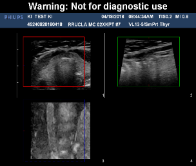

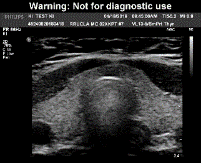
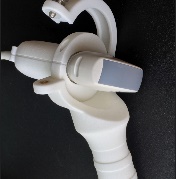
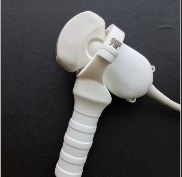
PROTOTYPE OF MVP (Minimally Viable Product) SonoSidekick
Potential Applications of Sonosidekick-Enabled Ultrasound Transducer:
- Echo-cardiography applications – less strain on the wrist
- 3D sweep of thyroid, testicles, and other Superficial Structures
- Imaging of the testicles while the patient is standing
- Imaging a patient in the wheelchair
- Imaging of patients in the ICU or Trauma Units
- Imaging of anatomic parts of obese patients
- Pediatric patients
- Patients with severely restricted mobility
- Pregnant and obese patients
Advantages:
- Reduces the risk of work-related musculoskeletal injuries
- Decreases inter-operator variability
- Enhances reproducibility and repeatability of serial studies
- Shortens the time required to complete a standard ultrasound
Development to Date: invention successfully demonstrated
Patent: Casing for a probe (USD904623S1)
First successful demonstration (first actual reduction to practice): 05/08/2018, Electronic Record
Related Papers: No public (oral or written) disclosure of the invention.
Reference: UCLA Case No. 2018-868
Lead Inventor: Professor Nagesh Ragavendra
